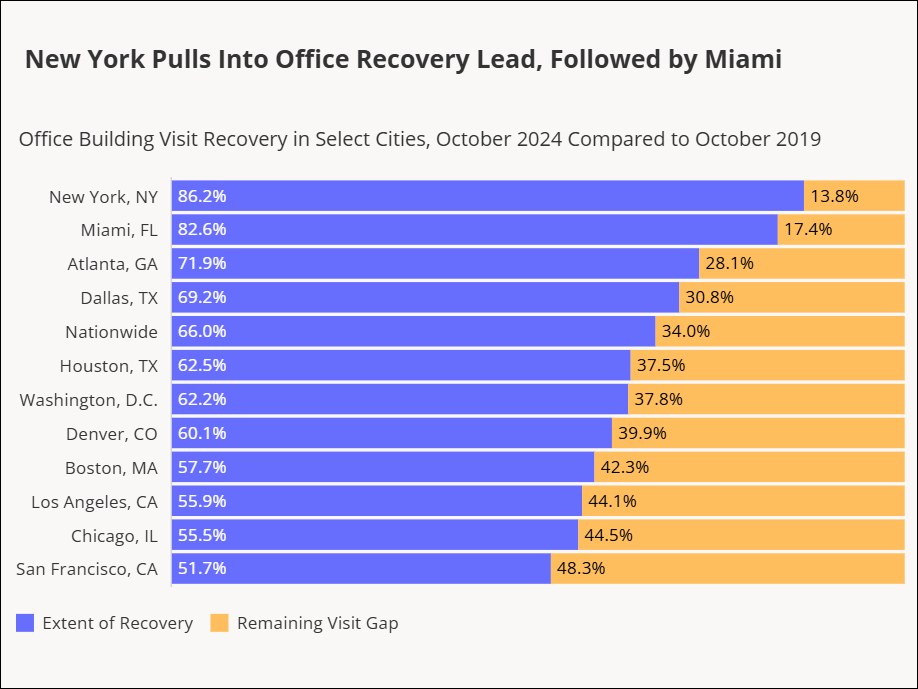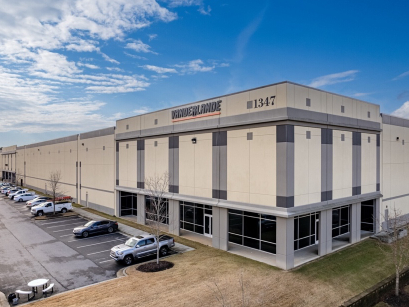How the Pandemic Changed Malls
Stephen Lebovitz, CEO of CBL Properties, on the transformations and challenges in the retail sector.
The retail sector had its fair share of challenges because of the pandemic, but rebounded in 2021 and fundamentals remained positive this year as well. According to a retail market outlook report by JLL, 78 million square feet of retail space was leased in the second quarter of 2022, the highest number since the fourth quarter of 2017. With 4,432 store openings compared with only 1,954 closings, activity in the sector was strong in the first half of the year.
Inflation and high interest rates now represent another bump in the road for the sector. Commercial Property Executive talked to CBL Properties CEO Stephen Lebovitz about these challenges as well as the “new mall” experience and the company’s future plans.
What is changed in retail today compared to three years ago?
Lebovitz: The pandemic certainly had a lasting impact on the retail industry, much of which ended up being a positive one. Many trends that we were seeing prior to the start of the pandemic were accelerated, including retailers’ investments in technology and consumer conveniences such as buy online, pick up in store and curbside services. While a number of underperforming retailers shuttered during the pandemic, most found success by controlling costs and embracing necessary change, allowing them to enjoy and participate in a strong rebound in 2021. The pandemic also solidified the importance of in-person experiences, shopping and socializing. Malls in general have had a resurgence and 2021 was one of the strongest years in our company’s history.
CBL Properties currently owns 57 malls, outlets and lifestyle centers. How do you see the future of the mall?
Lebovitz: We are optimistic about the future of malls. Over the last few years, we’ve seen a lot of diversification in the types of uses at malls. Traditionally, malls were developed with a cookie-cutter approach, and now we’re seeing the addition of uses that developers would have never considered even five or 10 years ago. We’ve added new dining and entertainment options, fitness uses, hotels, medical offices, multifamily and even casinos at our properties. I think we’ll see further diversification and a broader definition of what a mall is.
What can you tell us about the amenities and best practices for engaging shoppers at your locations?
Lebovitz: Aside from offering a diverse tenant mix that includes local, regional and national retailers as well as non-retail uses, it’s important to continue to invest in technology, such as EV charging stations and marketing programs that engage customers and reinforce the mall’s dominant position in its market. Malls are gathering places within their respective communities so it’s also important to create meaningful community partnerships with local organizations.
READ ALSO: 4 Strategies for Rethinking Urban Retail Space
What trends in the retail sector should we keep our eyes on?
Lebovitz: A continued investment in technology by retailers that offers shoppers convenience by meeting their needs wherever they are or want to be.
Most of your portfolio is located throughout southern U.S. Is there any particular market that you think has potential and plan to enter next? Tell us more about it.
Lebovitz: While we see future potential to expand our portfolio through selective acquisitions, our primary focus right now is investing in and redeveloping our current assets to transform underperforming anchor spaces as well as add diversity and density to underutilized parking fields.
What are your best-performing assets at the moment? Why do you think they perform better?
Lebovitz: The top properties in our portfolio all have a diverse mix of tenants and are located in thriving secondary markets with strong demographics and population growth.
What will be the biggest challenges in the retail sector going forward? How do you plan to overcome these challenges?
Lebovitz: Inflation and the threat of a recession are certainly concerning, but with healthy traffic, sales and strong demand from tenants to open stores in our properties, our portfolio continues to demonstrate strength. Additionally, both CBL and our retailers are in a healthier financial position and have the flexibility to weather what might come down the road.
To what degree do inflation and high interest rates currently impact your business?
Lebovitz: Inflation and higher interest rates certainly have the potential to slow down consumer spending and hurt retailers’ performance, but we’ve continued to see evidence of customers’ preference for in-person experiences.








You must be logged in to post a comment.